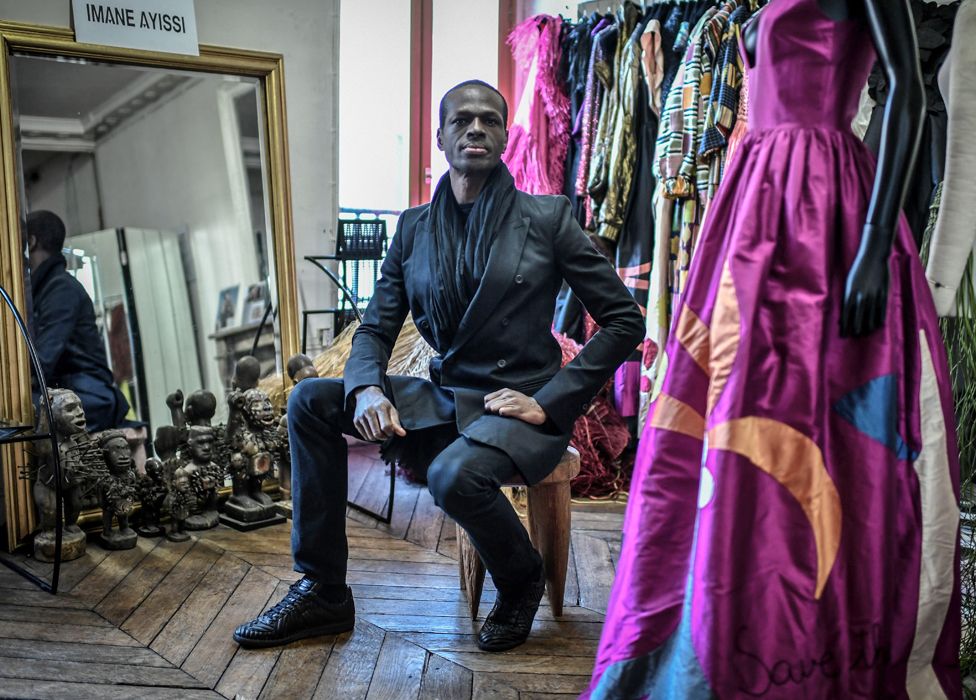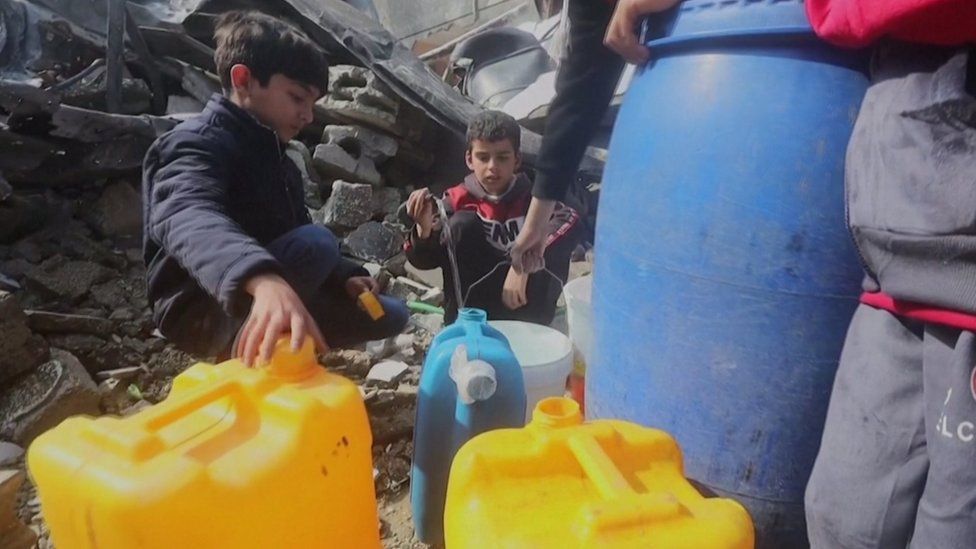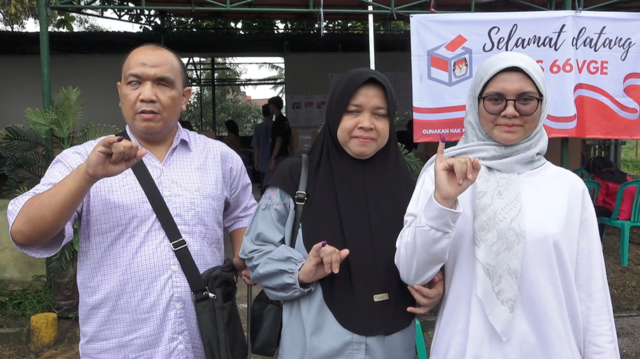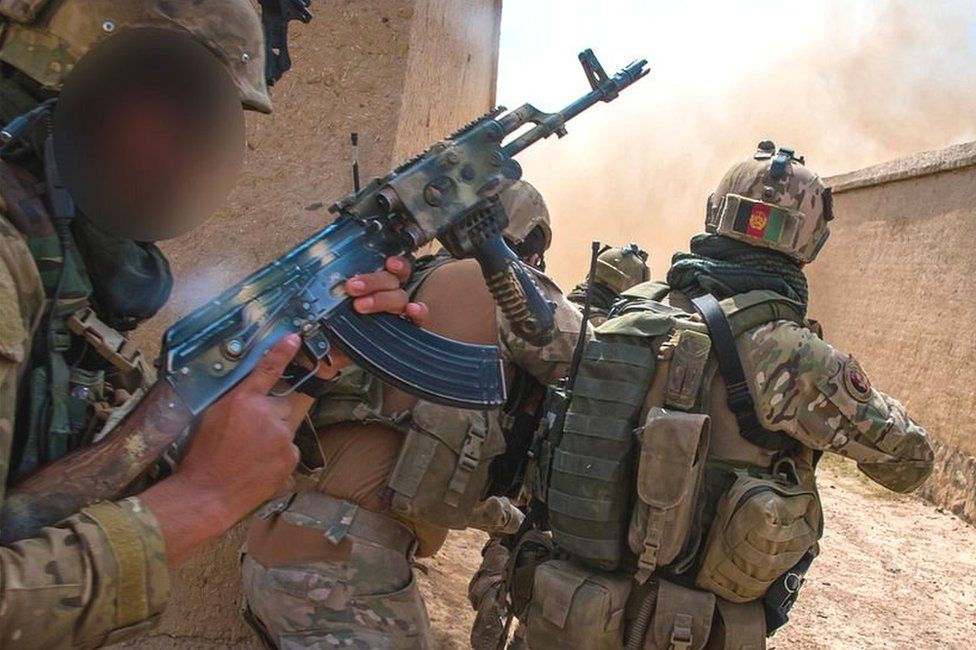
Beberapa hari ini, warganet dihebohkan dengan pemberitaan Jakarta yang sudah kehilangan status ‘ibu kota negara’ sejak 15 Februari 2024 lalu – banyak yang berasumsi, masyarakat Indonesia sementara waktu ini sedang tak punya ibu kota, meskipun kenyataan lain mengatakan warga masih punya ibu negara.
Spekulasi liar lainnya, warga Jakarta secara umum pun sudah tidak bisa lagi menganggap diri mereka sebagai warga ibu kota… atau mungkin nanti mereka menyebut diri sebagai warga Heru Budi Hartono?
Mereka yang menjadi pesohor dan tinggal di Jakarta pun akan gusar dengan berita ini, karena tak bisa lagi mengklaim diri sebagai ‘artis ibu kota’.

Di tengah situasi genting ini mendorong canda dari warga Bekasi, Bogor, Tangerang sampai Cimahi untuk segera mendeklarasikan wilayah mereka sebagai ‘ibu kota darurat’.
Tapi balik lagi ke persoalan utamanya: Dari mana asal-usul kegaduhan ini? Ada apa di balik narasi ini? Dan, mengapa publik perlu tahu lebih mendalam dari sekadar guyon Jakarta kehilangan ‘ibu kota negara’?
Dari mana kehebohan ini dimulai?
Berakhirnya status Daerah Khusus Ibu Kota (DKI) untuk Jakarta disampaikan Ketua Badan Legislasi Dewan Perwakilan Rakyat, Supratman Andi Agtas kepada wartawan, Selasa (05/03).
Ia bukan pembuat keputusan itu. Tapi merujuk pada Undang Undang tentang Ibu Kota Negara (IKN) yang mulai berlaku pada 15 Februari 2024. Dalam Pasal 41 ayat (2) disebutkan begini:
“Paling lama 2 (dua) tahun sejak Undang-Undang ini diundangkan, Undang-Undang Nomor 29 Tahun 2007 tentang Pemerintahan Provinsi Daerah Khusus Ibu Kota Jakarta sebagai Ibu Kota Negara Kesatuan Republik Indonesia diubah sesuai dengan ketentuan dalam Undang-Undang ini.”
Apakah otomatis Jakarta sudah bukan lagi ibu kota negara?

Ada pasal lain dalam UU IKN yang menyatakan status ibu kota negara Jakarta baru bisa diganti dengan IKN di Kalimantan Timur melalui keputusan presiden (Keppres).
Hal ini juga dipertegas dalam Pasal 39 dalam regulasi yang sama, bahwa kedudukan, fungsi, dan peran ibu kota negara tetap berada di Jakarta sampai dengan tanggal ditetapkannya pemindahan ibu kota negara dari Jakarta ke IKN dengan Keppres.
Lalu kapan Keppres ini dikeluarkan?
Masih belum jelas waktunya, semua tergantung dari kewenangan penuh presiden.
Apa yang mendasari Jakarta masih menjadi ibu kota negara?

Selain belum ada Keppres resmi tentang pemindahan ibu kota negara ke IKN, Jakarta masih berpegang pada Undang Undang No.29/2007 tentang Pemerintahan Provinsi Daerah Khusus Ibu Kota Jakarta.
Ke depan – tentunya setelah Keppres terbit dan ibu kota negara sudah resmi jadi milik IKN – Jakarta rencananya akan menjadi wilayah khusus.
Oleh karena itu, saat ini DPR dan pemerintah sedang menyoroti Rancangan Undang Undang Daerah Khusus Jakarta (RUU DKJ) agar bisa segera disahkan.
Motif di balik narasi Jakarta akan kehilangan status ibu kota?
Menurut Ketua Badan Legislasi Dewan Perwakilan Rakyat, Supratman Andi Agtas, dengan ketentuan UU IKN dan mengatasi hilangnya status ibu kota negara pada Jakarta, maka pihaknya harus segera membahas RUU DKJ.
“Dalam waktu seminggu sampai sepuluh hari kerja, harus selesai karena DKI sudah kehilangan status per 15 Februari kemarin,” ujar Supratman seperti dikutip dari Kompas.
Namun, Direktur Eksekutif Komite Pemantauan Pelaksanaan Otonomi Daerah (KPPOD), Herman Suparman melihat narasi di balik ini sebagai landasan ketergesa-gesan untuk mengesahkan RUU DKJ.
“Seharusnya wacana ini harusnya jauh-jauh hari, dari dua tahun lalu. Bahwa setelah UU IKN disahkan, dua tahun ke depan Jakarta harus punya undang undang yang baru.
Seharusnya DPR dan pemerintah sudah melempar wacana itu ke publik, sehingga publik juga memberikan catatan dan masukan,” kata Armand, sapaan Herman Suparman.
Mengapa publik perlu mengawal isu status ibu kota Jakarta?
Jakarta masih akan memperoleh kekhususan meski nanti sudah tidak lagi jadi ibu kota negara.
Musababnya, Jakarta memiliki kedudukan sebagai pusat perekonomian nasional, kota global, dan kawasan aglomerasi – Kabupten Bogor, Kabupaten Tangerang, Kabupaten Bekasi, Kabupaten Cianjur, Kota Bogor, Kota Depok, Kota Tangerang, Kota Tangerang Selatan dan Kota Bekasi.
Hal ini nantinya akan dirumuskan dan kemungkinan disahkan dalam UU DKJ.
Persoalannya, RUU DKJ juga bukan tanpa polemik. Salah satunya, soal ketentuan jabatan gubernur Jakarta yang ditunjuk langsung presiden.
Akhir tahun lalu, isu ini baru ramai dibicarakan dan banyak suara-suara yang menentang.

KPPOD salah satu yang menolak tegas ketentuan ini, kata Herman Suparman.
Alasannya, klausul ini melanggar konstitusi karena kepala daerah harus dipilih secara demokratis sesuai Undang Undang Dasar 1945.
Kedua, penunjukkan langsung gubernur Jakarta oleh presiden bertentangan dengan cita-cita otonomi daerah yang semestinya membuka ruang partisipasi publik dalam memilih kepala daerahnya.
“Oleh karena itu penunjukkan oleh presiden terhadap gubernur jakarta itu sudah melanggar, membatasi dan mencoreng tujuan dari otonomi daerah itu,” kata Armand.

Ia melanjutkan, dengan narasi mendesak agar RUU DKJ ini segera disahkan jangan sampai publik terkecoh lagi sebagaimana pengalaman Undang-undang Cipta Kerja, yang minim partisipasi publik dan digarap secara ‘ugal-ugalan’.
“Dengan ketergesaan ini kita khawatir banyak substansi yang tidak diperhatikan. Termasuk soal yang krusial itu. Kita perlu mengawal itu jangan sampai ada pasal-pasal yang diselipkan,” jelas Armand. https://merujaksore.com/



















